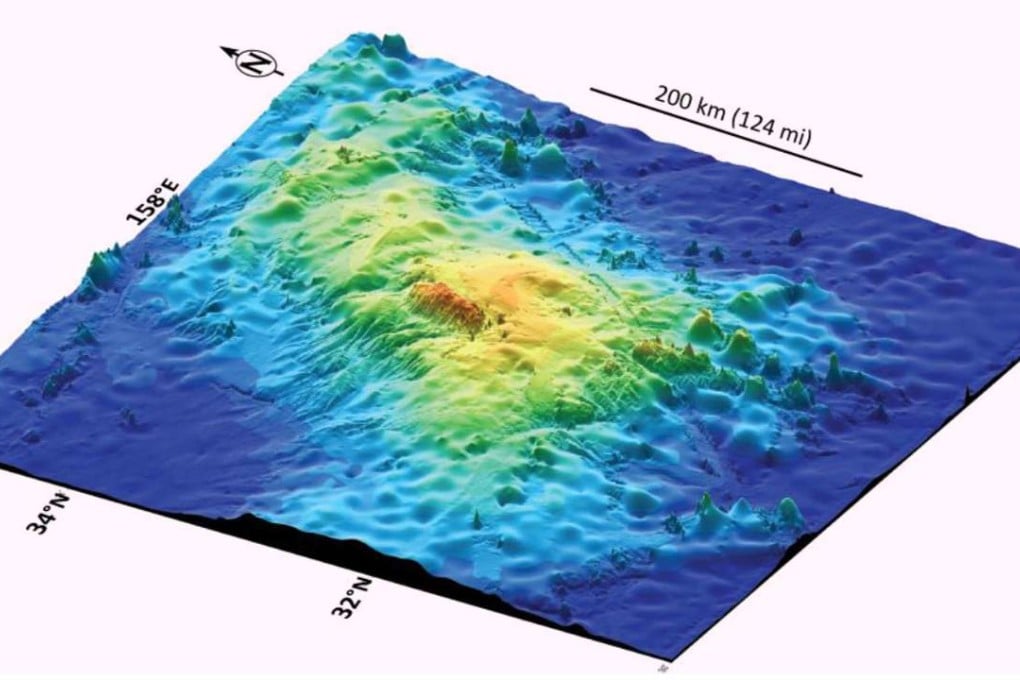Tamu Massif even more massive: world’s largest volcano almost same size as Japan, widest in solar system
Joint China-US team hails its birth as one of the most spectacular events in earth’s history, says it is larger than Olympus Mons on Mars by surface area, describes its creation as ‘a miracle’

The biggest volcano on earth is larger than was previously thought, with a surface area unmatched by any in our solar system, according to a joint study by researchers from China and the United States.
They hailed its birth as one of the most spectacular events in the history of our planet, and a “miracle” of creation given its rarity.
Tamu Massif, an extinct submarine shield volcano formed about 145 million years ago during the Late Jurassic period, is located 2 kilometres below sea level between Japan and Hawaii in the Pacific Ocean.
Although there is still some dispute as to whether it can be classified as a single volcano, the possibility of this was first suggested in September 2013 and corroborated by William Sager, a marine geophysicist from the department of earth and atmospheric sciences at the University of Houston.
But after analysing more seismic data and mapping the volcano’s underlying structure, the same team found they may have underestimated the volcano’s actual size.